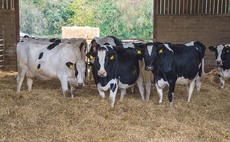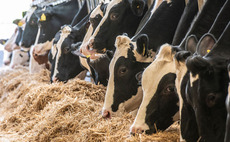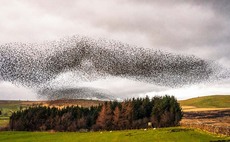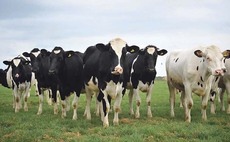Dairy Farmer
Livestock
Dairy farmers are being encouraged to include trace element supplementation during drying off to support the transition period.
Livestock
Mounting legislative requirements to reduce nitrogen (N) and ammonia output from dairy farms coupled with price volatility around soya and other protein sources in dairy cow diets means alternatives are now being seriously.
Livestock
Bringing cattle in for housing can often coincide with vaccinations being administered, but it is important to ensure these vaccinations are correctly timed. Angela Calvert reports.
Livestock
Designer and manufacturer of milking equipment, DeLaval, has launched a new concept around automatic milking. Hannah Park reports.
Livestock
Careful budgeting and persistence are the key requirements to the success of once-a-day milking systems. Wendy Short reports.
Livestock
With an increased starling population as the winter months set in at risk of eating into total mixed rations and other hard feed stocks on dairy farms, we round up some of the advice on how to effectively control starling numbers. Hannah Park reports.
Livestock
The R number identifies the potential for an infectious disease to spread, but can be massively influenced by management practices. Dairy Farmer talks to MSD Animal Health’s Paul Williams to discuss how it can be reduced as part of a control strategy for IBR.
Livestock
Spring-sown crops, which provide a high feed value forage, could present an attractive option when planning next year’s forage. Dairy Farmer looks at the options.
Livestock
November / December 2021 Dairy Farming edition
Dairy
Rumen buffers are typically rated for their strength and power, but the latest research is suggesting buffers with more precise actions and which work more consistently and for longer can be more effective. Dairy Farmer reports.


 19 January 2022
•
1 min read
19 January 2022
•
1 min read









